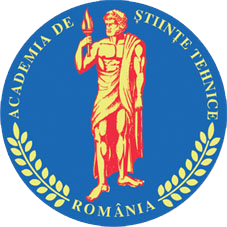70th International Conference on VIBROENGINEERING is an integral part of Vibroengineering Series Conferences and will be held in Cluj-Napoca, Romania.
The conference provides a global platform for researchers, scientists, engineers and practitioners to showcase their latest research results, stimulate debate, generate fresh concepts and foster collaboration. Vibroengineering Procedia is included in major scientific databases such as Scopus, EI Compendex, Gale Cengage, Google Scholar and EBSCO. Vibration Engineering conferences include various cutting-edge technical presentations, lively discussions, and worldwide participation from renowned experts and scientists. The conference provides an opportunity to share recent advances in research, exchange ideas on cutting-edge engineering technologies, and take advantage of extensive networking opportunities.
Organizing Comittee
Fees
For those participating live: Publication in Vibroengineering Procedia, Conference materials, lunch and coffee breaks.
For those participating online: Participation in online conference event, publication in Vibroengineering Procedia and certificate.
Conference Program
Sponsors and Partners
Conference in Cluj-Napoca, Romania was organized by Extrica with the partnership of Babes-Bolyai University of Cluj-Napoca and Technical Sciences Academy of Romania.

Babes-Bolyai University in Cluj-Napoca (UBB) is the first Romanian university to be granted 5 stars after the QS STAR international audit of the British company Quacquarelli Symonds (QS), the company responsible for the QS ranking of world universities, one of the highest standards among university rankings.

The Technical Sciences Academy of Romania was created on 17 October 1997, when its 27 founding members decided to revive the former Romanian Academy of Sciences, which had been disestablished in 1948, being merged into the Academy of the Romanian Popular Republic.

AGIR is the General Association of Engineers in Romania, has its origins in the late 19th century when the first engineering associations were established. The Polytechnic Society, formed in 1881, marked the first sustainable professional association. AGIR was founded in 1918 with the goal of organizing and enhancing engineers' knowledge and labor power for the reconstruction of the country. In 1949, AGIR merged with another association, undergoing name changes until 1989. Following a judicial decision in 1990, AGIR reemerged as the successor to earlier engineering organizations in Romania, continuing their legacy.




